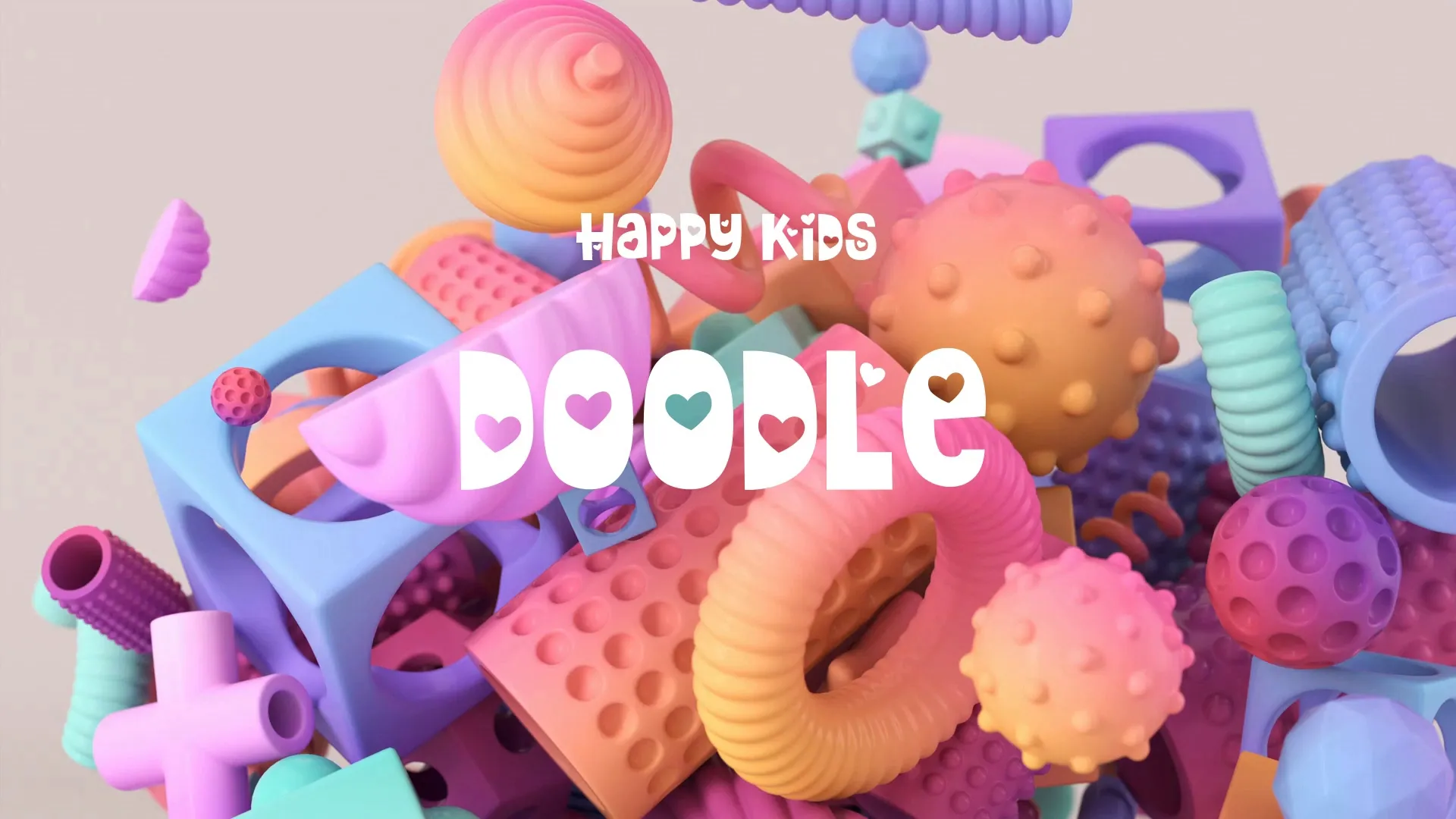Optimizing Game Engine Memory Usage: Advanced Techniques for Performance
Optimizing Game Engine Memory Usage: Advanced Techniques for Performance
Efficient memory usage is critical for game performance, directly impacting frame rates and load times. Sloppy memory management leads to hitches, crashes, and a poor player experience. This guide explores advanced strategies to reclaim control over your game engine’s memory footprint.
Custom Memory Allocators
Standard library allocators are general-purpose, not optimized for game development’s specific needs. Implementing custom allocators provides fine-grained control over memory allocation patterns. Consider using stack allocators for short-lived, temporary data, offering fast allocation and deallocation.
Pool allocators are ideal for objects of a fixed size that are frequently created and destroyed, like bullets or particles. They reduce fragmentation and improve cache locality. Buddy allocators can handle variable-sized allocations efficiently, balancing speed and fragmentation.
Arena allocators are excellent for grouped allocations that are deallocated all at once, such as level-specific data. This simplifies memory management for entire subsystems. Custom allocators require careful implementation but yield significant performance gains.
Data-Oriented Design (DOD)
Shifting from object-oriented programming to data-oriented design is a powerful memory optimization technique. DOD focuses on organizing data for optimal cache performance, rather than encapsulating behavior. Grouping similar data together in contiguous memory blocks minimizes cache misses.
Process data in linear passes rather than jumping between disparate memory locations. This approach leverages the CPU’s cache hierarchy effectively. It often means restructuring your data layouts and processing loops.
For example, instead of an array of objects, use parallel arrays for each component (e.g., one array for positions, another for velocities). This ensures data access is sequential and cache-friendly. This paradigm shift can be challenging but offers substantial performance benefits.
Memory Streaming and Virtualization
Loading all game assets into memory at once is often impractical for large games. Implement memory streaming to load assets dynamically as they are needed. This keeps the active memory footprint low and improves initial load times.
Develop a robust asset loading pipeline that prioritizes critical assets and asynchronously loads others. Use background threads to decompress and process streamed data without blocking the main render thread. Virtual texture and geometry systems are advanced forms of streaming. They allow rendering massive worlds by only loading the visible portions of high-resolution data into GPU memory. This technique significantly reduces both CPU and GPU memory pressure.
Reducing Overhead and Redundancy
Identify and eliminate redundant data structures or duplicate asset loads. Tools like memory profilers are indispensable for this task. They highlight where memory is being consumed and pinpoint potential leaks or inefficiencies.
Analyze your game engine’s internal data structures. Many engines have default settings or features that consume more memory than necessary for your specific game. Disable unused engine modules or features to reduce their memory footprint. Static analysis tools can also help identify potential memory issues before runtime.
Consider using smaller data types where possible, for example, using a ‘short’ instead of an ‘int’ if the range permits. Pack multiple boolean flags into a single byte. Every byte saved across millions of instances adds up. For more specific examples of optimization, exploring techniques like object pooling can be highly beneficial, as discussed in 'Implementing Object Pooling in Unity for Performance’.
Memory Bottleneck Identification
Effective memory optimization begins with accurate profiling. Use built-in engine profilers (e.g., Unity Profiler, Unreal Insights) or third-party tools to monitor memory usage. Pay attention to heap allocations, fragmentation, and specific asset types consuming the most memory. Track memory over time and across different game states.
Create a free account, or log in.
Gain access to free articles, game development tools, and game assets.























